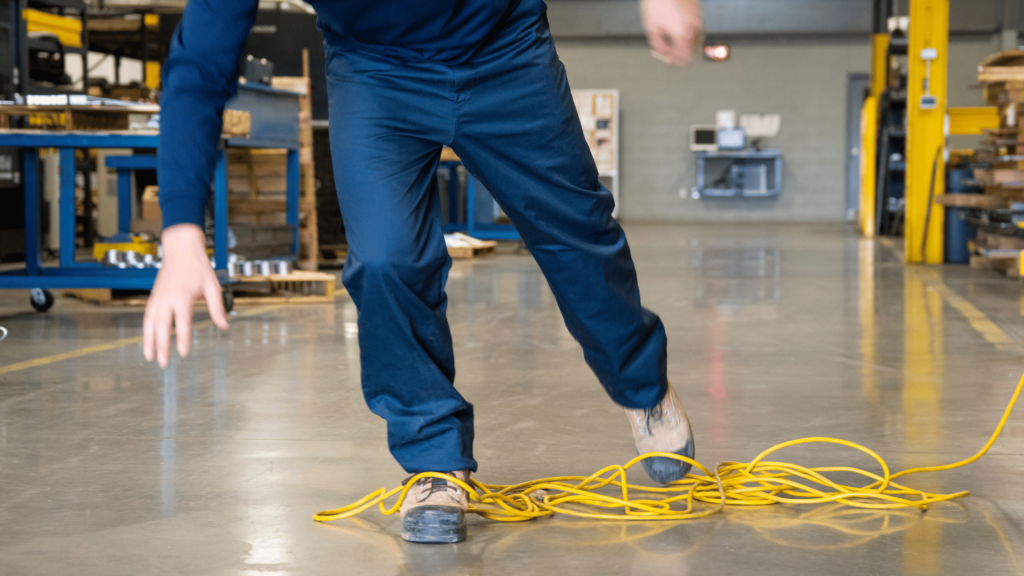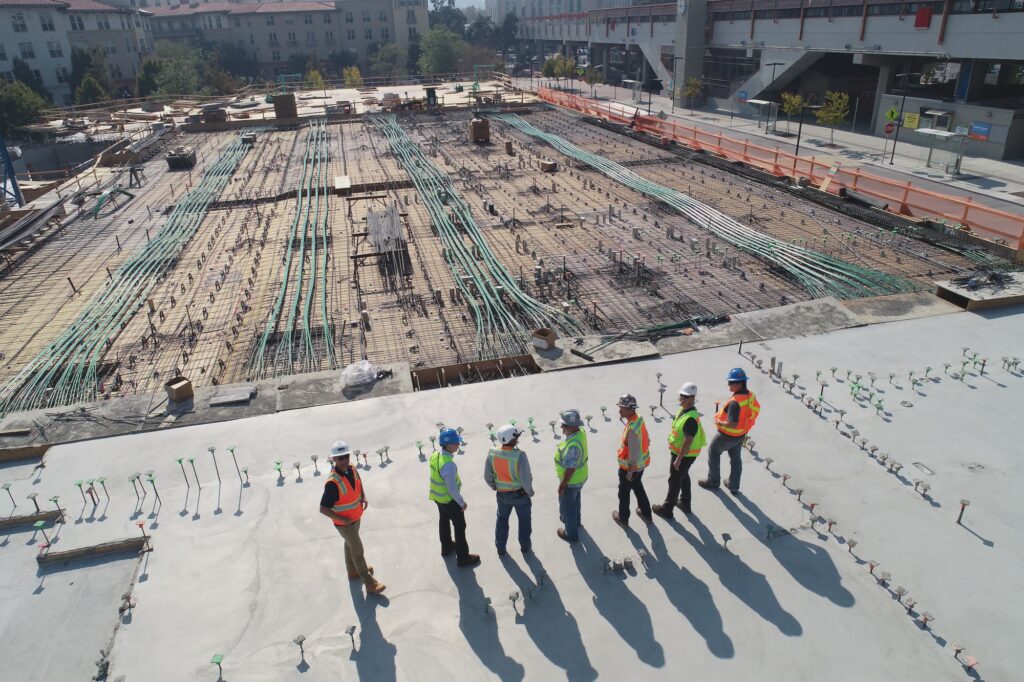June is National Safety Month, and this week we focus on Slips, Trips & Falls.
Personal Protective Equipment (PPE) can play a crucial role in preventing injuries when individuals are at risk of a slip, trip, or fall. Here are some ways in which PPE can help:
Safety footwear: Slip-resistant or anti-skid footwear is a common form of PPE used to prevent slips and falls. These shoes typically have a specialized sole with improved traction, reducing the likelihood of losing balance on slippery surfaces.
Head protection: Hard hats or safety helmets are essential PPE for environments where falling objects pose a risk. They can protect the head from injuries caused by impacts, reducing the severity of potential accidents.
Eye and face protection: Safety goggles or face shields are worn to protect the eyes and face from various hazards, including flying debris, splashes, or chemical exposure. By maintaining clear vision, individuals can better detect potential tripping hazards and prevent accidents.
Hand and arm protection: Gloves are commonly used to provide grip and protect hands and arms from cuts, abrasions, or chemical exposure. They can enhance a person’s ability to maintain a firm grip on objects, reducing the likelihood of dropping items that could cause trips or falls.
Hi-visibility clothing: In environments where visibility is crucial, such as construction sites or roadwork zones, wearing high-visibility clothing is essential. This PPE ensures that individuals can be easily seen by others, minimizing the risk of collisions and accidents.
Fall protection equipment: For individuals working at heights or in elevated areas, PPE such as harnesses, lanyards, and lifelines are crucial. These help prevent falls by allowing individuals to secure themselves to stable structures or anchor points.
It is important to note that while PPE can significantly reduce the risk of injuries, it should always be used in conjunction with other preventive measures. This includes maintaining good housekeeping practices, keeping walkways clear, providing adequate lighting, and implementing safety procedures and training.


